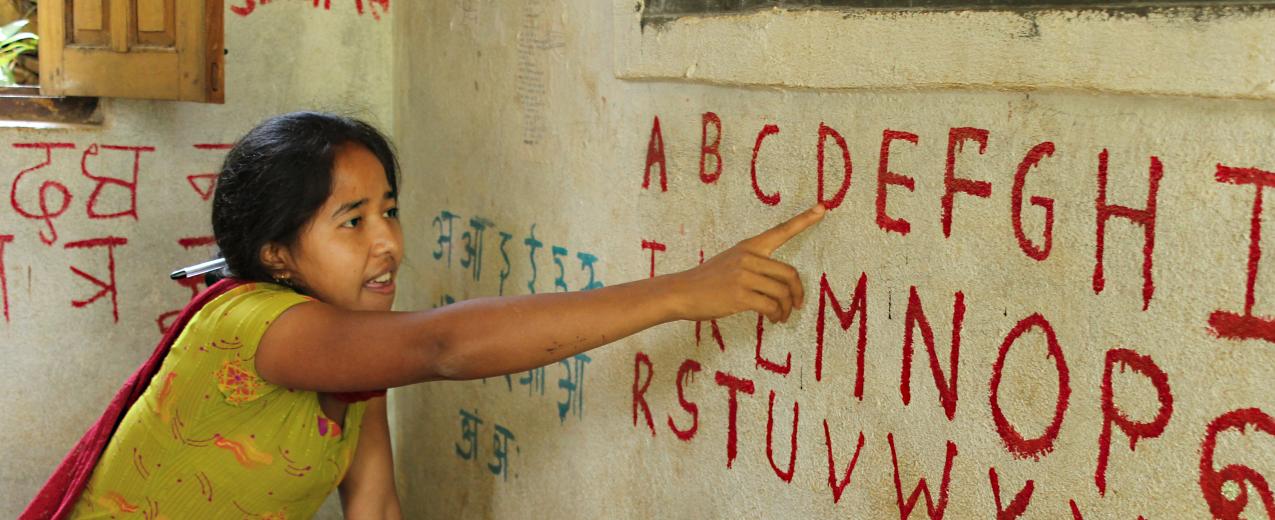
- Report
- 20 Marzo 2020
Stories of change and persistence: Shifting gender norms in Uganda and Nepal
- Author: Carol Watson
- Published by: ALIGN
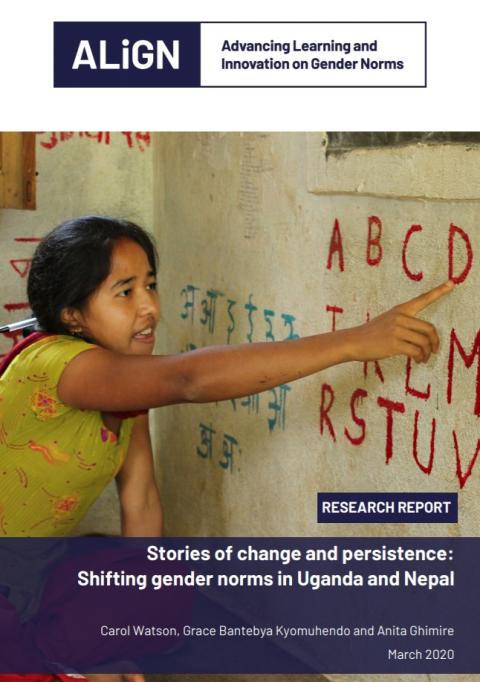
This report summarises key findings and lessons learned from qualitative studies in Uganda and Nepal as part of a ‘History and Change’ research series. ‘History and Change’ gathers and draw lessons from personal stories and analyses of change and resistance in gender norms, expectations and behaviours as these play out against a backdrop of broader social, economic and political processes. The main aim is to enhance understanding of factors that enable or challenge progress as these are perceived by individual women, as well as through inter-generational discussions with selected participants.
The research has been guided by the project’s conceptual understandings of how gender norms operate how they either change or resist change. It is underpinned by current thinking on gender justice and entitlements and informed by the capabilities approach to human development, which argues that progress throughout a woman’s life cycle in a number of key areas is vital for their empowerment and their equitable attainment and exercise of full capabilities. Narrative investigations have therefore, gathered their stories about household and family relations; education; physical integrity and health; psycho-social well-being; and political and civic participation.
In addition to a literature review on the history and policies relating to the lives of women in each country, the study drew on four qualitative research methods: in-depth individual interviews (IDIs); focus group discussions (FGDs); small group discussions (SGDs); inter-generational interviews (IGIs); and key informant interviews (KIIs).

History and change
This paper is part of a series of publications relating to ALIGN’s History and change project.
Related resources
Blog
1 Octubre 2020

Briefing paper
5 Marzo 2020
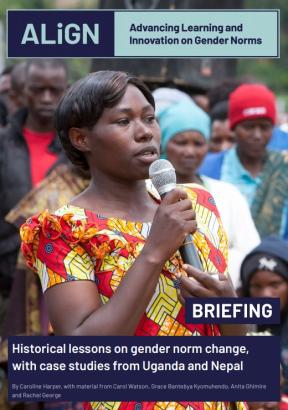
Report
18 Noviembre 2019

Briefing paper
18 Noviembre 2019
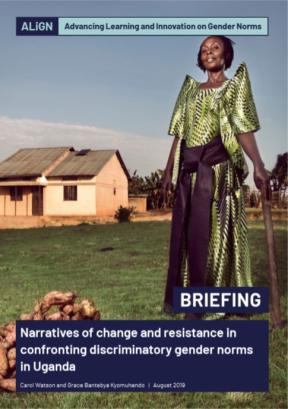
Blog
18 Noviembre 2019
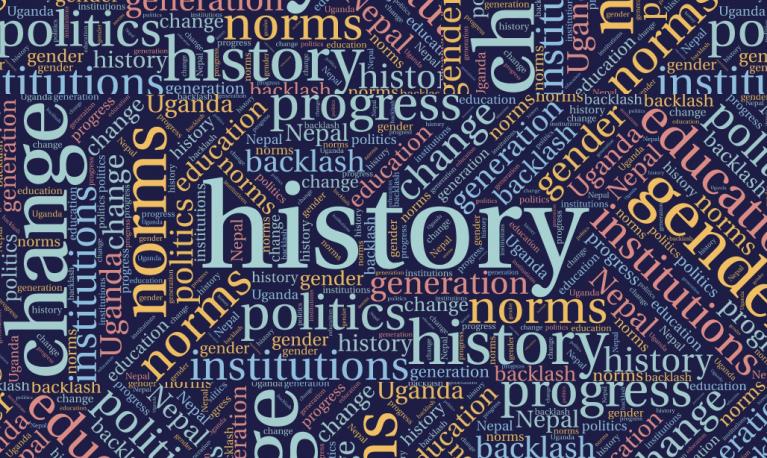
Report
18 Noviembre 2019
